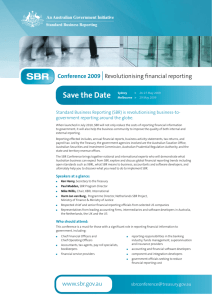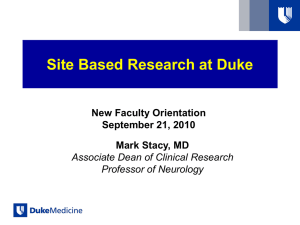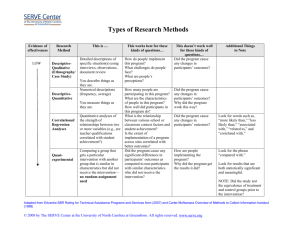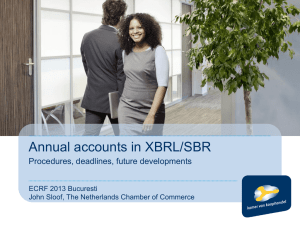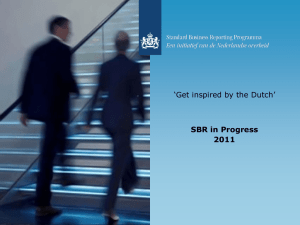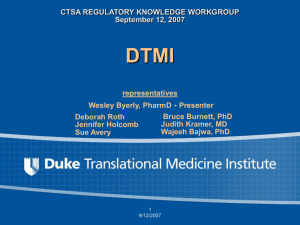PaulMadden - archive of XBRL conferences
advertisement
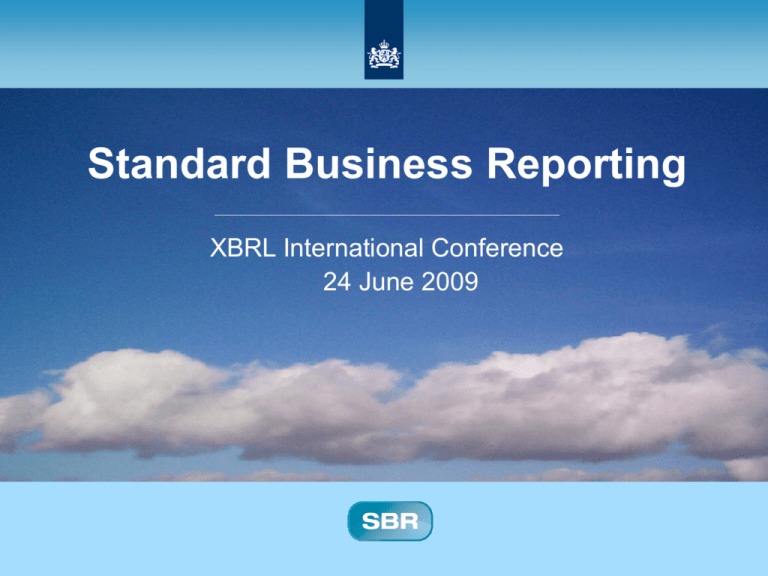
Standard Business Reporting XBRL International Conference 24 June 2009 1 SBR Netherlands Standard Business Reporting What is it? – – – – – – – – Regulatory burden reduction Reporting to multiples agencies Harmonisation/reduction of reported data Based on collaboration - a partnership – regulators sharing a common language with business A way of life Spreading as adopted approaches and standards Voluntary take-up A brand to be earned What is SBR? Primary aims – Single reporting standard – Recognised accounting standard – Harmonisation and reduction of reported data – Capability to map meaning to financial data – Reporting data becomes a by-product of normal business processes – Single prepares and audit framework Have this supported in your software “So now I can see my reporting information in my software – can I send it?” What is SBR? Secondary aims – Send reports directly from YOUR software to the agency – Real time lodgement – Receipt and relevant error messages – Secure single sign-on to the agencies The scale of SBR Netherlands – Tax administration – Chamber of commerce – Bureau of Statistics – Banks Australia – Tax administration – Company regulator – Banking regulator – State Revenue Office (8 of them) – Bureau of Statistics What is SBR? A list of standards –XBRL is one of them –IFRS is another –There are many more Reduction in reporting burden – Harmonisation of reporting terms across government – First time record of “facts” shared between business and government – Basis of regulatory change – Benchmark of regulatory burden The SBR audience – Businesses – want to pay less for reporting – use accounting software – Accountants – do the reporting for business – want to spend less time reporting – use accounting software – Software developers – develop software to support businesses and accountants Audience statistics NL – 3 agencies – 1,5m businesses – 30,000 accountants – 180 software developers Australia – 12 agencies – 2.1m businesses – 100,000 accountants – 240+ software developers Audience/stakeholder engagement – Voluntary programs like SBR won’t happen without getting the “users” on board – Who needs to learn about SBR – accountants and developers….there’s a lot of them What SBR is not – – – – – – – – XBRL ≠ SBR Not an XBRL reporting project Not just tagging of completed reports Not about individual agencies defining their own reports in XBRL Not simply about e-filing Not about XBRL information for the government Not about increase in data being reported Not another logo to print on your business card XBRL in SBR is …. Only one of the standards Basis of the Taxonomy – Definitions – the dictionary – Reporting – process taxonomy – Used to tag financial information in financial systems to assist with creation of reports – Desired for external comparison of financial performance A maturing capability XBRL data in SBR Regulators have different purposes – Eg Tax information is “confidential” and is not in scope for publishing Used mainly as a single standard to allow interoperability (content standard for the web service message) Not a requirement for most agencies Requires transformation for use of the data in legacy systems User expectations of SBR – Fit for purpose – Assured as correct – Stable and dependable from year to year – Change managed across agencies, accountants and software – Don’t care too much for the technology – Prefer not to see any XBRL SBR’s use of XBRL • Development of the definition and reporting taxonomies • 3 layers Report Domain Foundational ……..but some things were not there yet What was missing – Best practices – Architecture, design and approach – Change management and governance – Formula/validation What has SBR done to fill any gaps? To meet the expectations of users, developed and agreed in collaboration – SBR taxonomy architecture, design and approach (alignment between NL AU, agreement with NZ) – SBR change management and governance processes – SBR validation specification Implications of this – Opportunities for others to leverage – SBR approaches and specs can be used to evolve others – Strategy to replace with future “fit for purpose” approaches and specifications – Leads to practical use of the technology – KISS (Keep It Simple Stupid) – Allows the expectations to be met! Change management – Supported in software products – Production capability – Must work – and continue to work – Can evolve as fast as the users systems can evolve – Keep the technology simple/practical – there must be an outcome/benefit Change management – Large change needs to be consulted well in advance – Users have paid and spent time embedding this technology to gain a benefit – uncontrolled change will break this – If it stops working for any reason – they wont be back – Reputational risk for XBRL What’s next? – Ongoing implementation and engagement – Further sectors – Bank credit risk reporting – Regulatory reviews – Stabilise the technology – Refine the approaches – Assist other governments – Universal support through software Contacts Standard Business Reporting Programme Netherlands www.sbr-nl.nl info@sbr-nl.nl Standard Business Reporting Australia www.sbr.gov.au sbr@treasury.gov.au
